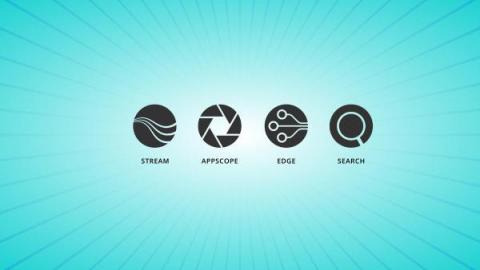Goats on the Road: What Customers Are Telling Us
The best part of my job is talking with prospects and customers about their logging and data practices. I love to talk about everything they are currently doing and hope to accomplish so I can get a sense of overall goals and understand current pain points. It’s vital to come up with solutions that provide broad value across the enterprise and not just a narrow tactical win with limited impact.




